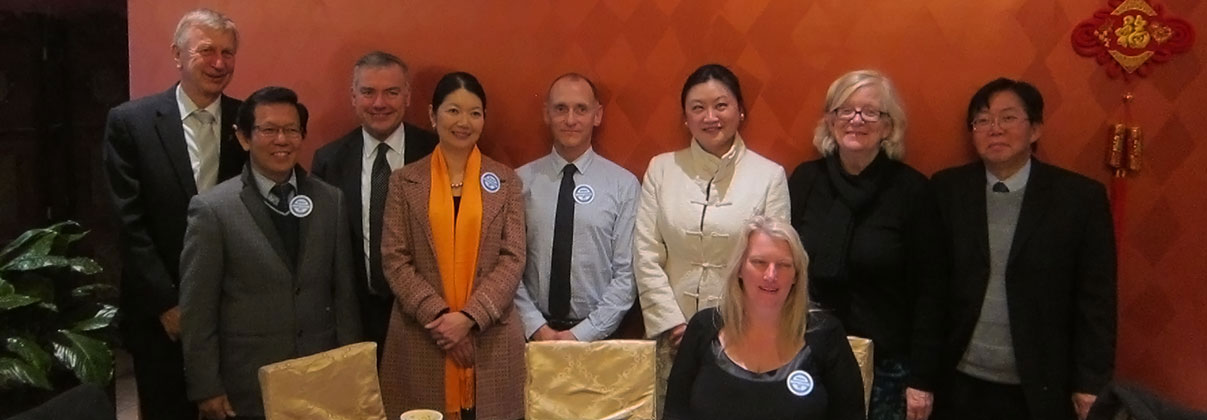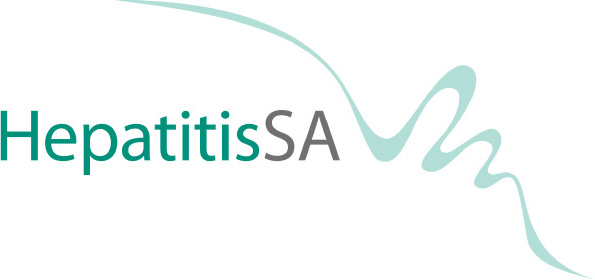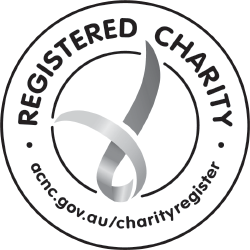
Leaders of key South Australian Chinese organisations have called for urgent action to increase diagnosis, management and treatment of hepatitis B in their community.
In a first-ever collective statement by key Chinese community organisations around a health issue, the Chinese Association of South Australia (CASA), the Chinese Welfare Services of SA (CWSSA), the Overseas Chinese Association of SA (OCASA), the Australian Chinese Medical Association SA (ACMASA) and the Adelaide University Students and Scholars Association (AUCSSA) urged South Australian Chinese to learn more about hepatitis B.
They also called on the state government to start a conversation with the Chinese community and Chinese health professionals on ways to increase hepatitis B awareness and ongoing care in the community.
Of the 14,400 South Australians with chronic hepatitis B, 22 per cent are from the Chinese community. The Vice-President of CASA, Mr Tan Tar Kim said the figure is alarmingly disproportionate and action needs to be taken to save lives.
Mr Tan acknowledged that the issue had to be tacked at community as well as government levels. "We need action from government, but we also need to address barriers in the community such as lack of knowledge, lack of access to information as well as stigma and discrimination."
Dr Jane Zhang, incoming President of ACMASA, spoke of the need for the community to act together and for ACMASA members to support such actions in all public spheres and not just at the level of individual practitioners.
The joint statement, which was presented in Chinese by the President of OCASA, Mr Charles Tran, and in English by President of CWSSA, Ms Cathy Chong, urged community members to find out about hepatitis B, to talk to their GPs if they don’t know their hepatitis B status and if they are living with hepatitis B to get regular check-ups and ongoing care.
The statement pointed to the low hepatitis B treatment rate in South Australia. "While the prevalence of hepatitis B in South Australia is similar to the national average, treatment rate is only 2.9 per cent, compared to the national treatment rate of 5 per cent," the statement said.
"It is estimated that at least 15 per cent of Australians with chronic hepatitis B should be receiving treatment in order to prevent adverse outcomes."
The event was attended members of the community, health professionals as well as:
- the Hon. Gerry Kanderlaars, representing the Minister for Health,
- the Shadow Minister for Health, the Hon. Stephen Wade,
- the Shadow Parliamentary Secretary for Multicultural Affairs, the Hon. Jing Lee
- Greens Spokesperson for Health and Multicultural Affairs, the Hon. Tammy Franks
- Manager of Sexually Transmissible Infections and Blood Borne Viruses Section, Mr Daniel Gallant, and
- Executive Officer of Hepatitis SA, Ms Kerry Paterson.
Complete text of statement below:
Urgent need to combat hepatitis B in SA Chinese community
There is an urgent need for more awareness about hepatitis B in the South Australian Chinese community which represents 22 per cent of the estimated 14,400 people with chronic hepatitis B in the state.
We, the leaders of key Chinese community and professional organisations have come together on World Hepatitis Day, to express our concern and call for more action to educate our community about hepatitis B including prevention, testing, management and treatment.
It is estimated that almost half of those with chronic hepatitis B are undiagnosed2. Left unmanaged one in four persons with chronic hepatitis B will die from the disease.
All people living with hepatitis B should be receiving ongoing medical care whether or not that includes treatment3.
We call on our community members to find out about hepatitis B, to talk to their GPs if they don’t know their hepatitis B status and if they are living with hepatitis B to get regular check-ups and ongoing care.
Just because you don’t have symptoms does not mean you’re okay. There is no such thing as a “healthy carrier”.
While the prevalence of hepatitis B in South Australia is similar to the national average, treatment rate is only 2.9 per cent, compared to the national treatment rate of 5 per cent.
It is estimated that at least 15 per cent of Australians with chronic hepatitis B should be receiving treatment in order to prevent adverse outcomes.
We call on the South Australian government to start a conversation with the Chinese community and Chinese health professionals on the best ways to increase hepatitis B awareness and ongoing care in the Chinese community.
Dr. Yen Ching Hwang
President, Chinese Association of South Australia
Ms. Cathy Chong
President, Chinese Welfare Services of SA
Mr. Charles Tran
President, Overseas Chinese Association
Dr. Lydia Huang
President, Australian Chinese Medical Association
Mr. Du Ren Jie
President, Adelaide University Chinese Students and Scholars Association.
28 July 2015
Supported by Hepatitis SA


